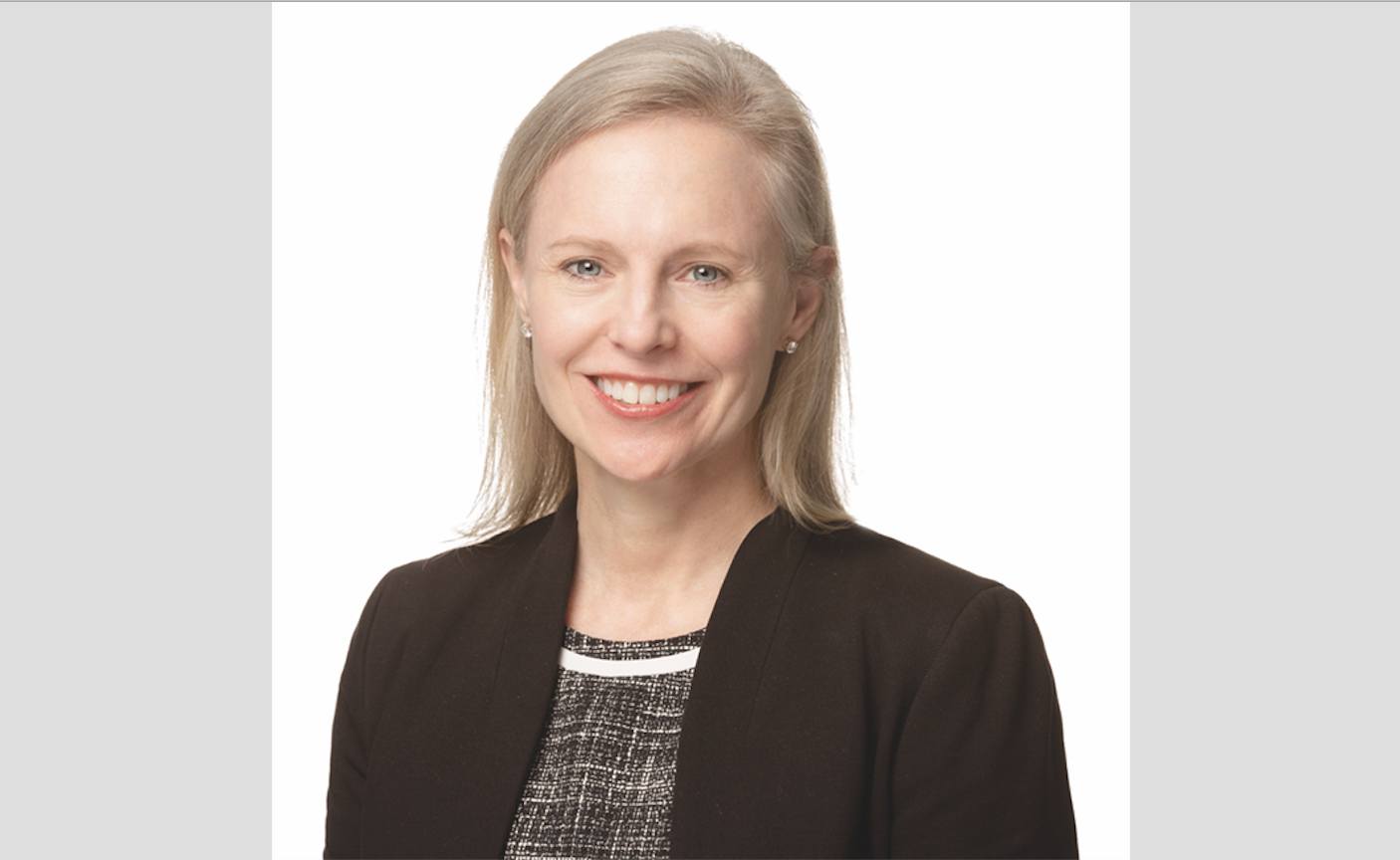Los mercados reducen su desplome a la espera de que Christine Lagarde mueva ficha desde el BCE
| Por Beatriz Zúñiga | 0 Comentarios

El coronavirus, la crisis del petróleo y las caídas en la bolsas mundiales, que se han agudizado esta semana, serán un tema central durante la reunión de mañana del Banco Central Europeo (BCE). Tras el recorte de tipos de urgencia anunciado por el Banco de Inglaterra (que los ha situado en el 0,25%), el mercado se ha tranquilizado algo a la espera de una acción conjunta y coordinada por parte de los bancos centrales y las instituciones gubernamentales. En este sentido, Christine Lagarde se enfrenta a su primera prueba de fuego al frente de la institución que preside en la reunión y posterior comparecencia de mañana.
Las expectativas de los inversores y la bajada de tipos de la Fed y del Banco de Inglaterra presionan al BCE para que mañana anuncie alguna medida que calme el mercado. Según indican desde Bloomberg, ayer Lagarde indicó al Eurogrupo que la institución monetaria iba a estudiar todas las alternativas y herramientas posibles para frenar la crisis. En líneas generales, y según indican desde Unigestion en su último análisis, “un elemento importante para estabilizar el sentimiento de los inversores tendrá que venir de los bancos centrales, que ya han intentado tranquilizar al respecto de las perspectivas de la actividad económica y su intención de actuar en caso de necesidad”. La gran pregunta es si seguirá los pasos de la Fed y rebajará los tipos de interés o anunciará alguna otra medida como nuevos estímulos o más liquidez.
En opinión Konstantin Veit, Senior Portfolio Manager Euro Rates Desk de PIMCO, Lagarde no defraudará. “El BCE está listo para presentar un paquete de medidas que ofrezca facilidades de crédito, por ejemplo flexibilizando los criterios para la concesión de los préstamos de la TLTRO, o directamente lanzando un nuevo programa de préstamos subvencionados. También esperamos que incluya la duplicación de las compras de activos netos hasta 40.000 millones de euros al mes durante los próximos seis meses”, señala Veit.
Desde Allianz GI hacen una valoración similar y señalan que “el BCE no puede dejar de actuar”. Según recuerda Franck Dixmier, director global de renta fija de Allianz Global Investors, “en un contexto extremadamente incierto en cuanto al alcance de las consecuencias económicas de una pandemia, el BCE no puede dejar de actuar. Algo que Christine Lagarde confirmó explícitamente a principios de la semana pasada: el BCE tendrá en cuenta los riesgos causadospor el coronavirus en la economía”.
En opinión de Dixmier, el BCE podría hacer varios “posibles” anuncios: “Una reducción de los tipos de 10 puntos básicos, con medidas de acompañamiento para fortalecer la estratificación (tiering), un mecanismo de depósito multi-tier bajo el cual la imposición de las reservas excedentes de los bancos se activa por encima de un umbral que es específico para cada institución. Una flexibilización de los parámetros de operaciones de refinanciación a largo plazo (TLTRO) y un aumento en las compras de activos (QE), dirigido a bonos corporativos”.
Una previsión que también comparte Esty Dwek, jefe de estrategias de mercado global Natixis IM Solutions (Natixis IM). Dwek señala que el mercado espera del BCE “un recorte de los tipos de interés, aunque el hecho de adentrarse en territorio negativo tendrá poco impacto en la situación actual, y medidas adicionales de liquidez como las LTRO”. En este sentido, los analistas de Ebury calculan que el BCE «podría aumentar su programa de expansión cuantitativa en no más de 10.000 millones de euros, con lo que el número total de activos adquiridos ascendería a 30.000 millones de euros al mes. Esto llevaría la magnitud del programa a los niveles observados durante la mayor parte de 2018».
Los expertos de Lombard Odier también apuestan por un recorte de 10 puntos básicos por parte del BCE, pero también de otros bancos centrales de países desarrollados. “Era probable que el Banco de Inglaterra redujera sus tipos de interés, mientras que el Banco Nacional Suizo probablemente iguale el recorte de 10 puntos básicos del BCE y siga interviniendo en los mercados de divisas para evitar una apreciación abrupta del franco. Es probable que el Banco de Japón señale un paso directo hacia un marco de facilitación similar al del BCE, de enfoque de palo y zanahoria para impulsar los préstamos bancarios que combina un programa de préstamos con tipos negativos más profundos en un sistema de reservas escalonado”, explican en su último análisis.
Medidas certeras, pero limitadas
Ante estas perspectivas, los expertos también advierte que el margen de actuación del BCE no es muy amplio. En comparación, “las expectativas para el BCE son menos pronunciadas ya que, aunque la Eurozona enfrenta considerables desafíos macroeconómicos por la irrupción del coronavirus, la capacidad de actuación del BCE es mucho más limitada. Los mercados descuentan al menos un recorte de 10 puntos básicos de los tipos de interés en la reunión del próximo jueves; lo que, en contraste, mantiene al euro en una posición relativamente más sólida frente al dólar”, apuntan los analistas de Monex Europe.
Desde Bank of America también evitan la euforia y recuerdan: “Los bancos centrales responderán, sin embargo su munición limitada en comparación con 2008 y su incapacidad para solucionar una pandemia global están elevando los riesgos mundiales”. En su último informe, la entidad financiera señala que “esta es una prueba para ver si las entidades financieras europeas han logrado ser robustas, porque una rebaja de tipos de interés socavan los fundamentos de la banca. Cuanto más negativas y más largas, peor”.
El analista de mercado de eToro Adam Vettese es mucho más directo y subraya en su último análisis: “Hay una gran esperanza generalizada sobre un importante paquete de estímulos por parte de los bancos centrales ¿Durante cuánto tiempo imprimir dinero servirá como solución? Parece que está perdiendo su efectividad. El virus ha continuado extendiéndose y parece que podría empeorar más antes de empezar a mejorar”.
Por último desde AXA IM, recuerda que a pesar de que la respuesta a la actual crisis debe ser esencialmente fiscal, consideran que la política monetaria aún tiene un papel que jugar. «Nuestro foco en este sentido es el flujo de caja corporativo y la elevada probabilidad de que algunas empresas sufran amenazas existenciales en los próximos meses. Es por eso por lo que consideramos que sería apropiado reactivar el programa de compra de bonos corporativos, magnificando el cambio de orientación hacia activos privados que ya empezamos a ver a comienzos de año. De hecho, creemos que el consenso interno dentro del BCE en relación a la compra de bonos corporativos es elevado y que el BCE está ya observando las condiciones de mercado para embarcarse en un incremento inmediato del volumen de compra de activos”, apunta Gilles Moëc, economista jefe del Grupo AXA IM.









